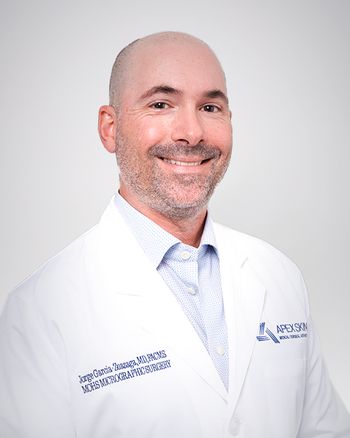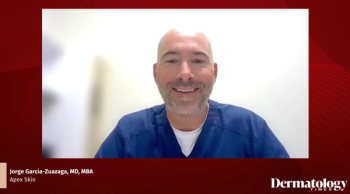
Confusion on scar diagnosis; deciphering three ICD-9 codes
Q A patient had a biopsy and the pathology report showed the lesion to be a basal cell carcinoma. We schedule the patient back for an excision. We sent the excision tissue out again. The final pathology came back showing no residual cancer cells; only scar tissue.
We have just hired our own dermatopathologist who reads all of our slides. My question is what diagnosis does he use for the final pathology report showing only scar? Would the diagnosis be scar? If that would be the case, then the pathology code would be 88304 not 88305 and our dermatologic surgeon wouldn't be able to bill the excision out as malignant. I don't want to do anything incorrectly so I am asking for your input.
Scarred
Q There are three new ICD-9 codes that became effective Oct. 1, 2006. They are:
I thought you couldn't charge for dressing changes or suture removal. It was my belief that these were included in the surgical package (e.g., the 10 or 90 day post-op period). Does the introduction of these new diagnoses codes mean that I can now charge for postoperative wound care and suture removal?
Charge!
A Dear Charge!: The answer is no. The fact that ICD-9 introduced those codes does not mean that you can now charge for office visits, such as dressing changes, wound care and/or suture removal, if those services are performed within the global period of a surgery that has a 10- or 90-day postoperative period attached to it. You can, however, bill for visits where there is no postoperative period, for which the postoperative period has elapsed, or in cases where dressings are changed and/or sutures are removed by a physician who did not perform the surgery and who is in a separate practice. Some examples:
You remove three lesions by shave removal (11301, 11301, and 11302). These codes have zero postoperative days in the global surgical package. One week later the patient returns to the office for a dressing change as he is diabetic and has trouble healing. In this case, you can bill using CPT code 99211 (if seen by only the nurse) or using CPT code 99212 if seen by a provider. The diagnosis code would be V58.31.
Another example would be if a patient had surgery and one week later was seen by another physician from another practice for suture removal. (This occurs frequently with "snowbirds" or patients who are seen at major medical facilities for the surgery, but follow-up is done by a local physician.)
In this scenario, the physician who sees the patient for suture removal (from the practice this is legally unrelated to the practice that did the surgery) would bill an E/M visit with the diagnosis code of V58.32.
By the way, these "V" codes are covered by Medicare and can be billed as a primary diagnoses. I assume that most nonMedicare carriers would also cover these diagnoses following Medicare's lead.
Newsletter
Like what you’re reading? Subscribe to Dermatology Times for weekly updates on therapies, innovations, and real-world practice tips.

















